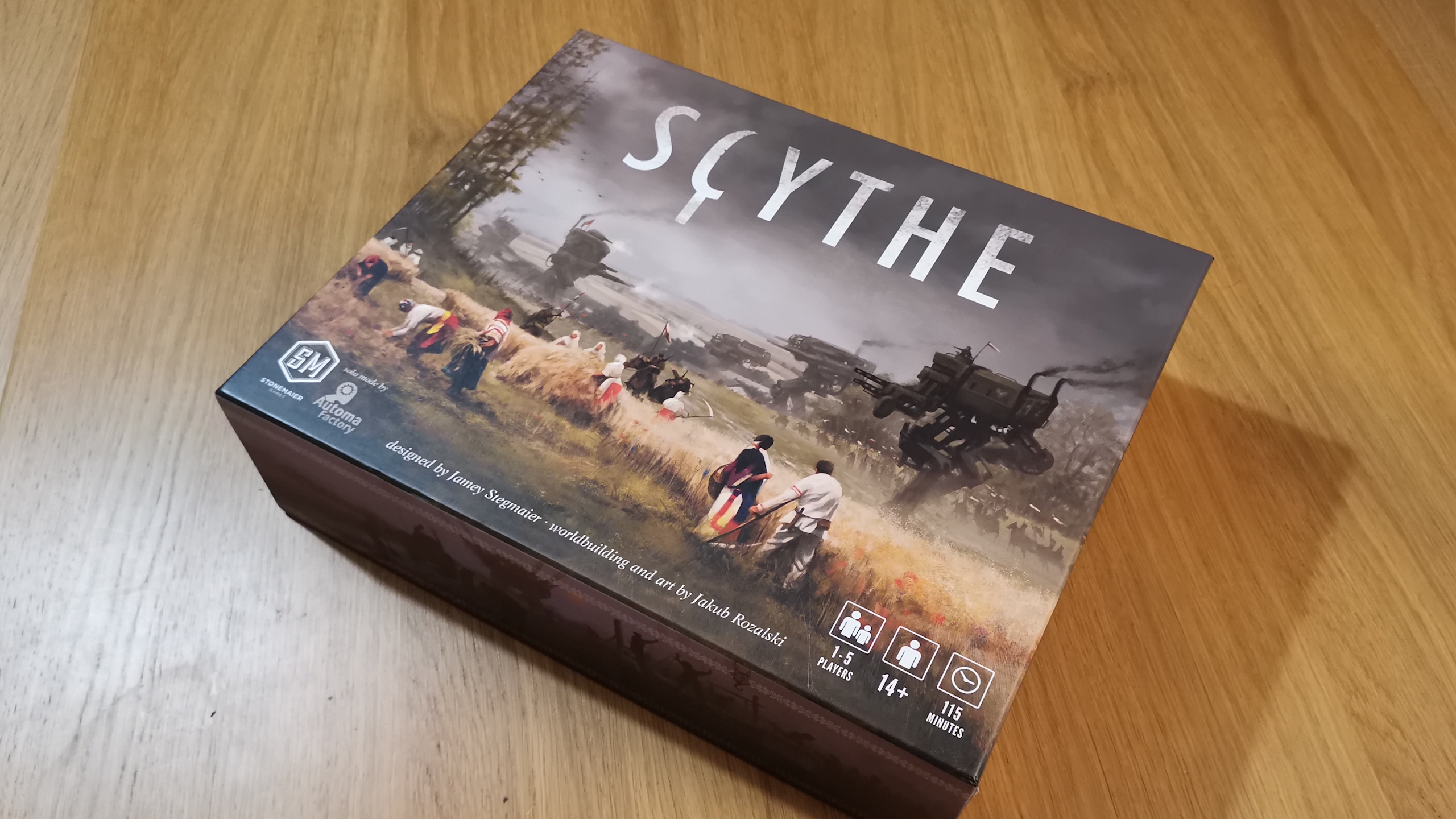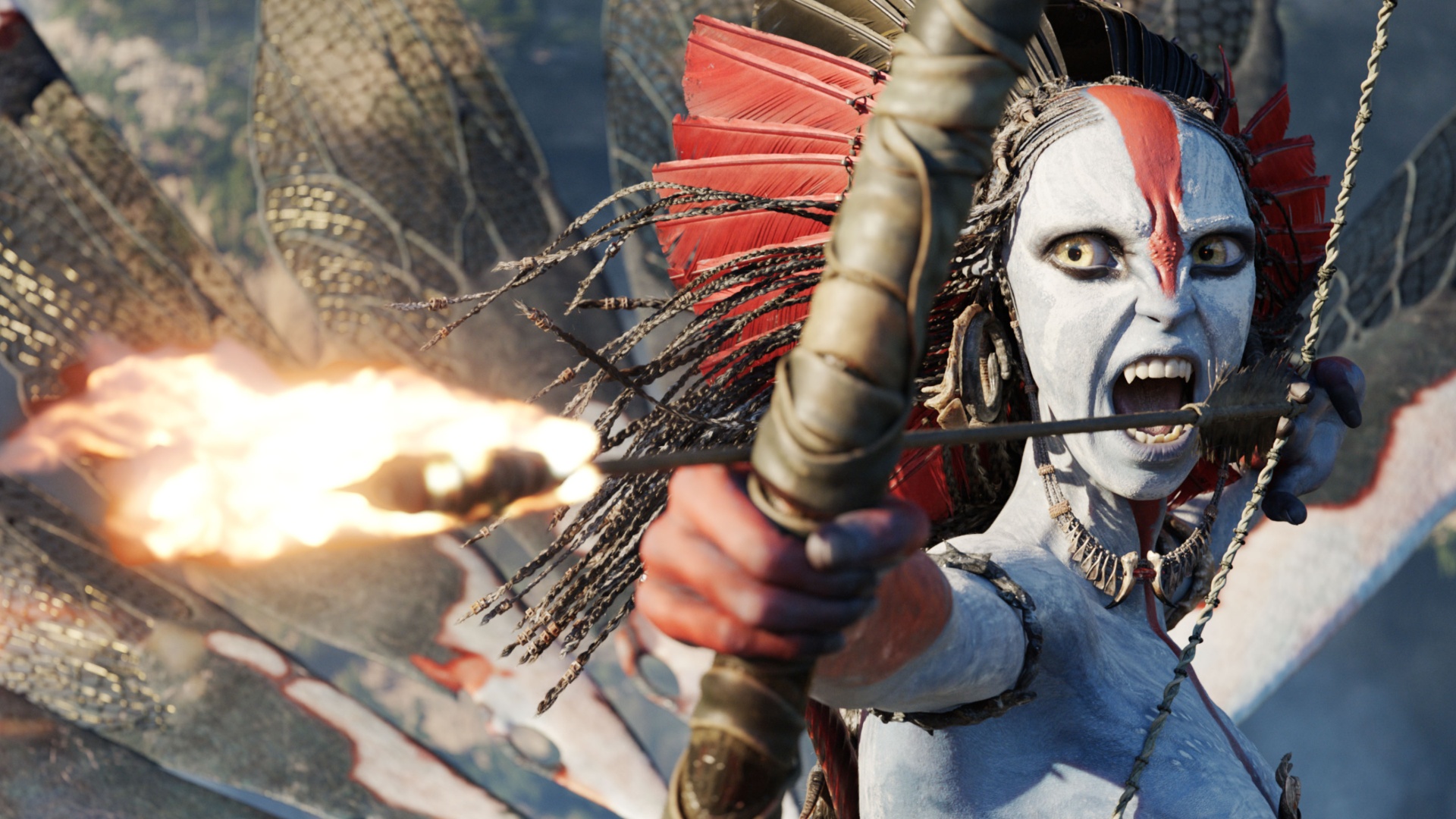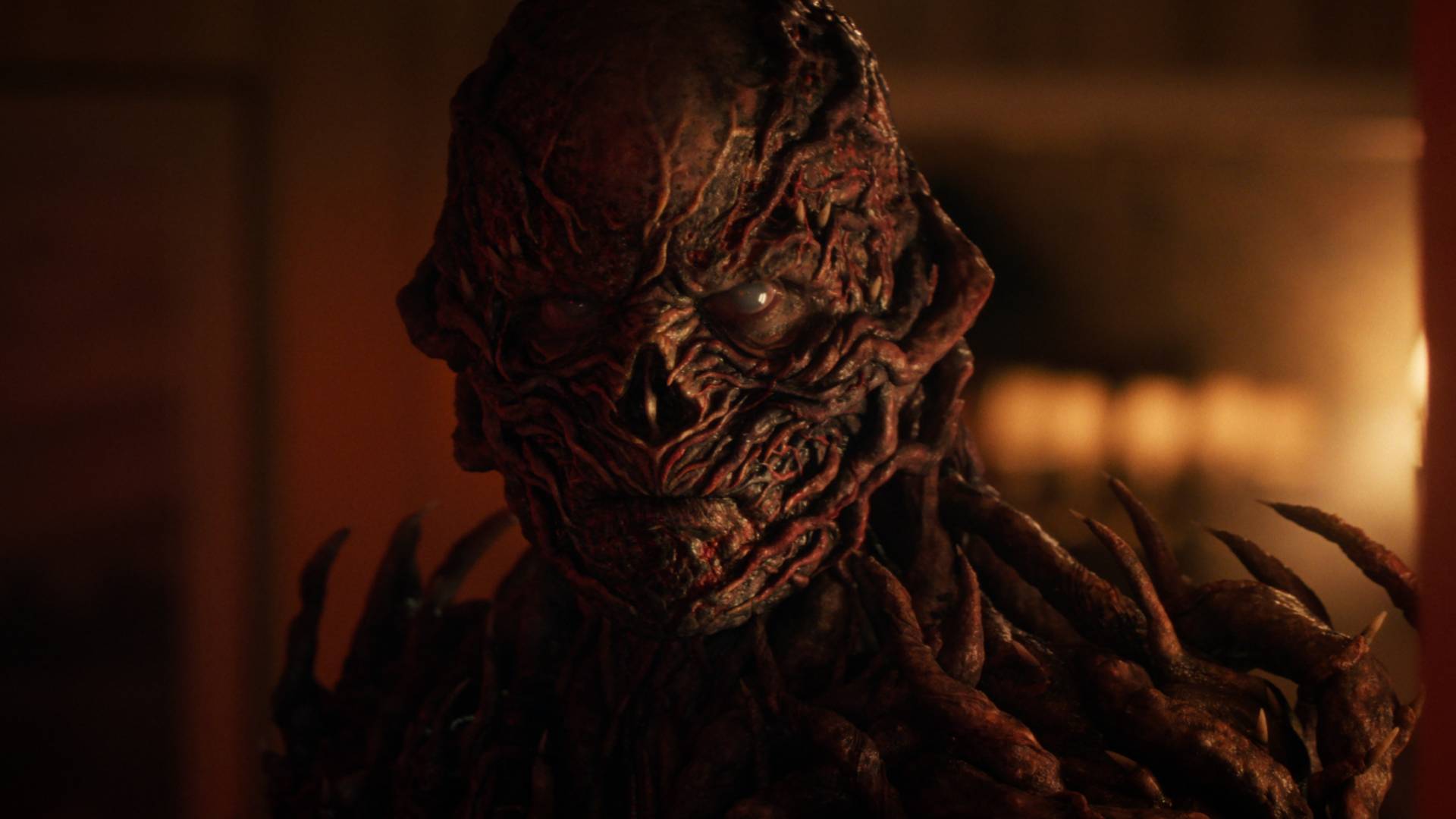Nearly 30 years after its release, Princess Mononoke is headed back to theaters – and it’s still a timeless, heartbreaking classic
Big Screen Spotlight | Princess Mononoke remains one of the best anime movies of all time
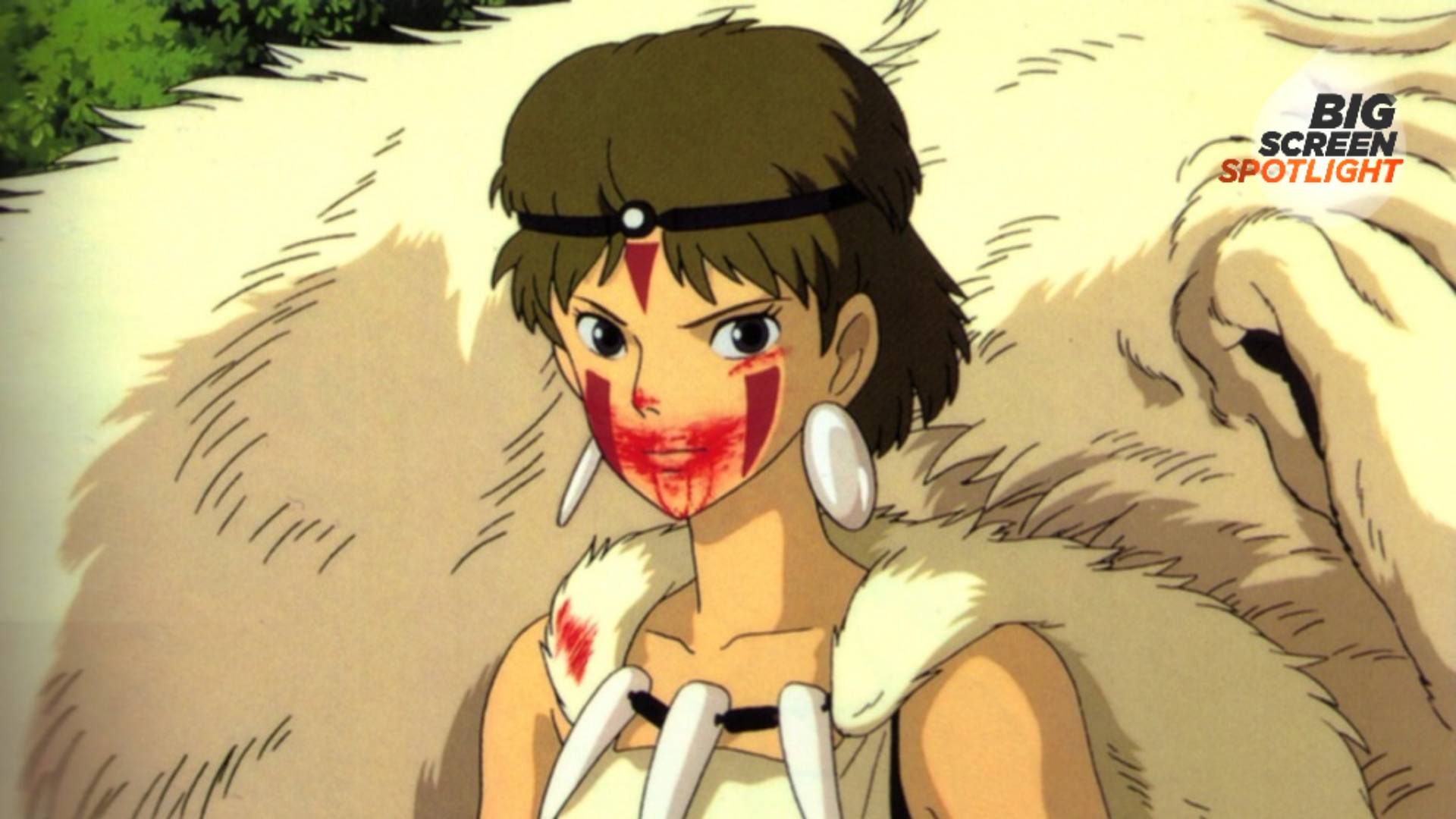
There are anime movies, and then there are Studio Ghibli movies. It’s a particular kind of magic, one that can’t be replicated. Princess Mononoke, written and directed by none other than Hayao Miyazaki, is a historical fantasy film that, on the surface, is about a cursed prince who sets out to find a cure. Upon closer look, however, the movie serves as an allegory for the way humankind has and will continue to destroy the earth – but it’s not without a smidge of hope.
Shining a light on the under-the-radar theatrical releases that you need to know about, with a new article every Friday
I watched Princess Mononoke for the first time on a tiny TV in my bedroom, back when Cartoon Network used to play anime movies late at night. Being only nine years old at the time, the themes of environmentalism and deforestation, the true crux of the film – it all went over my head. Instead, I was obsessed with San, a fearless, feral princess who was quite literally raised by wolves, and head-over-heels in love with Ashitaka, the dreamy and heroic prince. Even as an adult, I find myself thinking about a scene that takes place shortly after San and Ashitaka first meet – she holds a knife to his throat and is seconds away from ending his life…only for him to reply, "You’re beautiful." San immediately jumps backward, and the music changes to something softer and sweeter, signifying that something beautiful is beginning to form between them.
As a little girl, I was pretty mad that San and Ashitaka never kiss… but Princess Mononoke isn’t a movie about love, or even friendship. The film, which hit theaters in 1997, follows Ashitaka after he becomes plagued with a curse after defeating a malevolent boar god. After being told by the wise woman of his village that his curse will ultimately kill him, he sets out on a journey to the west in order to find a cure. Instead of a cure, however, he finds himself in the middle of a longstanding conflict between the industrial village of Irontown and the forest of the gods.

The conflict in question is an allegory for the way humans destroy the earth by tearing down ecosystems, creating pollution, and smog – with terrifying, tendriled demons who devastate everything in their path being a metaphor for deforestation. However, Miyazaki doesn’t present this as a black-and-white, good-versus-evil tale. There is selfishness and irrationality on both sides: as much as I want to side with the forest (and those cute little spirits with the heads that make a clicky noise), the animals are just as hate-filled as the humans. No one is willing to compromise, and the result is more violence and destruction.
Part of the reason why Princess Mononoke is timeless, despite being a period drama set somewhere between 1336 and 1573, is because we're still plagued by the same issues. In the nearly 30 years since the film’s release, the way we treat the environment has only gotten worse. It certainly doesn’t help that AI is slowly taking over, which uses high amounts of energy and therefore produces higher greenhouse gas emissions (Miyazaki himself even referred to AI as an "insult to life itself"). The film presents the idea of compromise, of working together to make the earth more inhabitable – but I don’t think many people in today’s society are concerned about their carbon footprint.
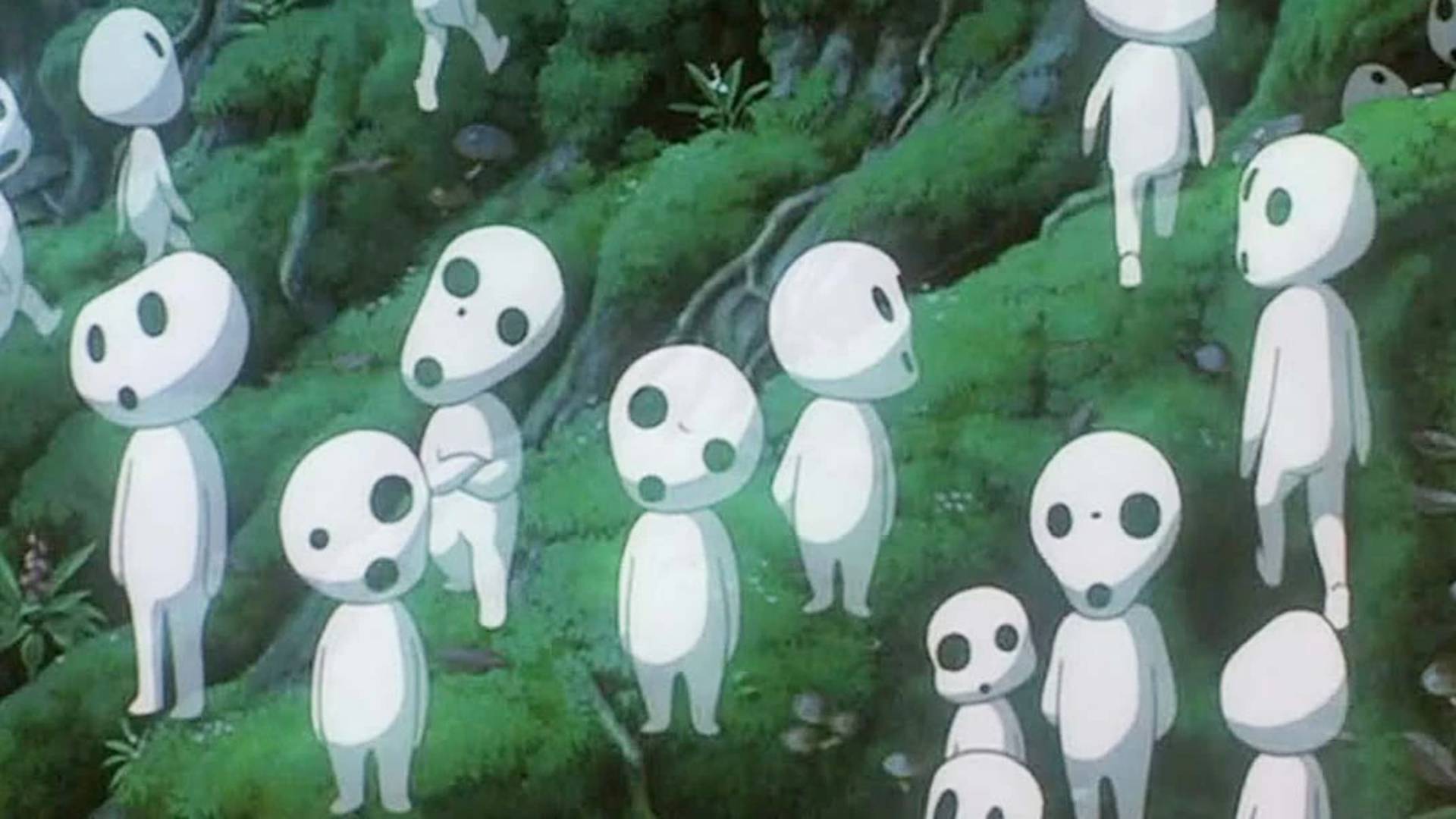
The other reason is the relationship between Ashitaka and San, which is what made little me fall in love with the film in the first place. Miyazaki knows how to write a love story, and he puts an emphasis on the respect and the connection, rather than what you might consider traditional romance (or the over-the-top kind that you sometimes see in anime). The dynamic between Ashitaka and San is not unlike the dynamic between Chihiro and Haku in Spirited Away – two very different individuals meet under strange and distressing circumstances, and form an unlikely, albeit beautiful, connection. Princess Mononoke ends with Ashitaka deciding to aid Lady Eboshi in rebuilding Irontown, and San deciding to remain in the forest. Though the two will live apart, they make a promise to see each other as much as they can... and it makes me burst into tears every single time.
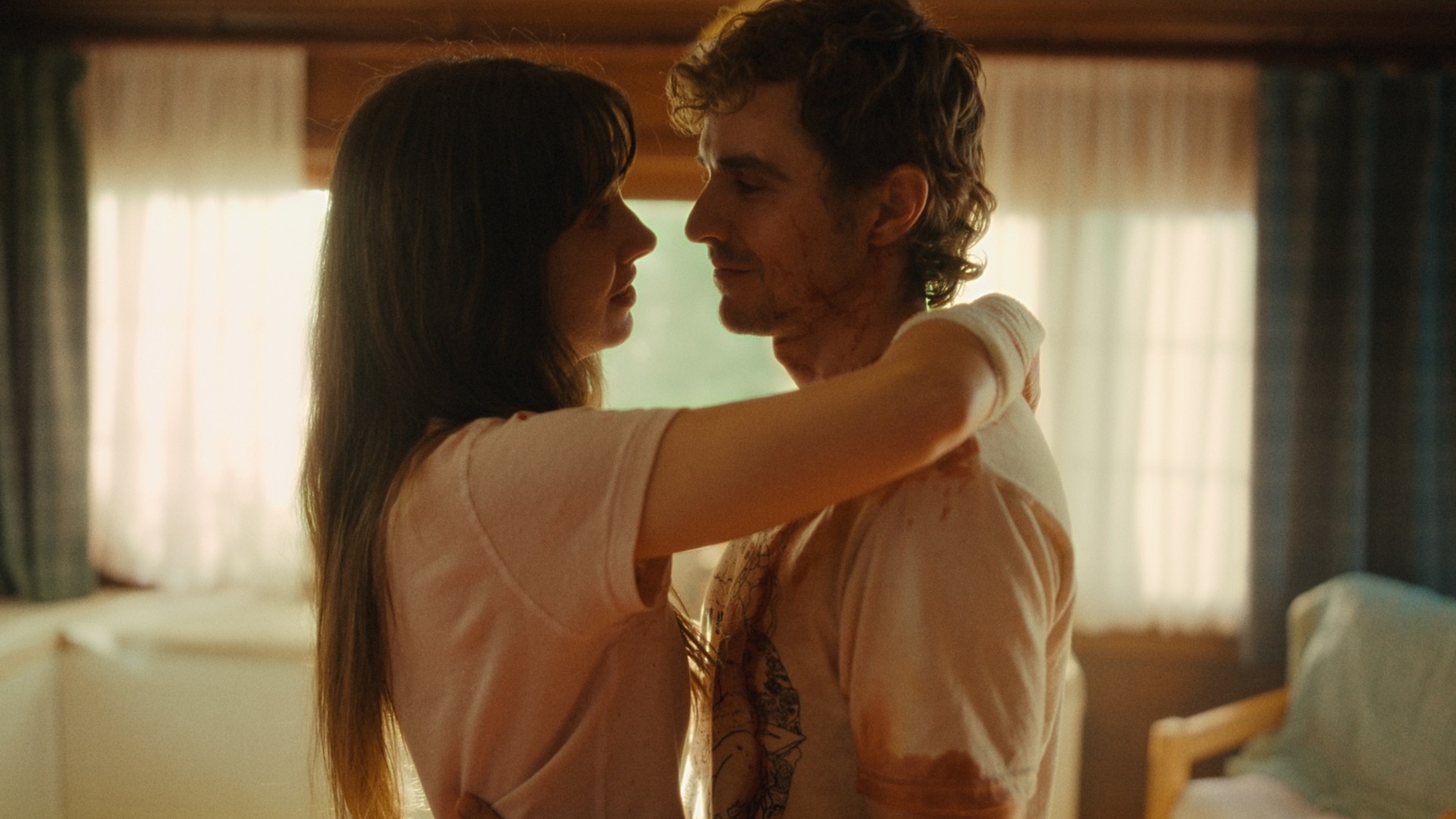
Princess Mononoke is a visually stunning anime film that doesn’t shy away from exploring the inherent cruelty of human nature, and is truly unlike anything else we’ve ever seen. It’s not a love story, nor is it as dreamy and ethereal as other Miyazaki films. Despite being a tale of creatures and curses, it's firmly grounded in reality. It sets out to teach us a lesson about humankind, and while it offers us no resolution, there is still so much hope. Industrialization and deforestation will never stop, but if the forest and the people of Irontown were able to reach a compromise for peace... who's to say things won't get better for our own Mother Earth?
Princess Mononoke is now playing in theaters and IMAX in the UK and Ireland. For more on what to watch, check out the rest of our Big Screen Spotlight series.

Lauren Milici is a Senior Entertainment Writer for GamesRadar+ based in New York City. She previously reported on breaking news for The Independent's Indy100 and created TV and film listicles for Ranker. Her work has been published in Fandom, Nerdist, Paste Magazine, Vulture, PopSugar, Fangoria, and more.
You must confirm your public display name before commenting
Please logout and then login again, you will then be prompted to enter your display name.
